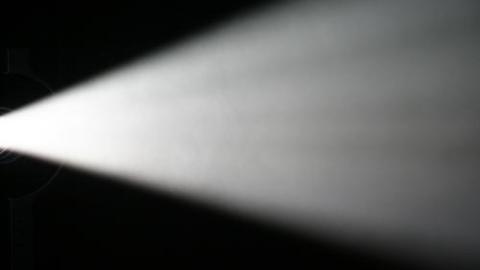Camera Captures the Speed of Light

What’s the Latest Development?
A new camera developed at MIT can capture the movement of light or a laser beam by snapping a snot every 0.6 trillionth of a second. The speed demands of the camera were so high that scientists had to find an alternative to electric wiring and computer chips because they work too slowly. Called a streak camera, it uses a method familiar to cathode ray tubes in TV sets by converting light into a stream of electrons which hit “a screen on the back of the streak camera that’s covered with chemicals that light up wherever the beam falls.”
What’s the Big Idea?
The camera could have practical application in the field of medicine. Researchers say it could be used to develop ‘ultrasound with light’: “That would involve firing laser pulses into tissue and using the camera’s ability to record light movements beneath a surface to learn about structures and other information invisible using normal illumination and cameras.” And because the camera captures how light affects objects, it could be used one day for novel photographic manipulation such as changing the lighting of a photo after it has been taken.
Photo credit: shutterstock.com




